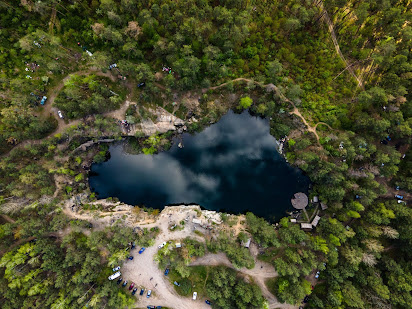Image credit: Morton Parish Council
Pumpkins, black cats and witches
are all associated with Halloween without a second thought. As are trees of black gnarled
appearance often sporting a rather angry or creepy face. But do their association with
the creepy go deeper than the deadly tales of hanging trees and tales of lovers
becoming forever entwined?
It could be that the association
of trees in graveyards and their tattered look during mid to late autumn
brought about many tales to scare children and keep them from the real dangers
of playing around graves. Yet, while I can't say for certain that Yew trees keep the
devil at bay or even take in lost souls’ other species do keep untoward
chemicals and organisms at bay. For example, Willow trees take in nuclear radiation making
sites safer over time. Oil from pine trees also dispel the unwanted, they are
antibacterial and mildly antiseptic. Alder have a symbiotic relationship with the bacteria, Frankia alni, which takes in nitrogen
from the atmosphere making it available to the tree where the nodules the
bacterium have created are located.
The most obvious way trees help to clean our
environment is their utilisation of carbon dioxide (CO2). A reduction in CO2 reduces many
problems faced on our planet including climate change and local air pollution. This in turn improves the health of many people
such as asthma sufferers.
So, you see there are many scary things at
Halloween and whilst there is always some truth in folklore or myths, rest
assured that trees definitely do more good than harm.
This post was written in collaboration with
Manchester City of Trees. Visit their blog to read more on folklore and tales
of spooky trees. As well as this find
out about the research they are doing on the trees around Greater Manchester
(UK) and their benefits for the population.Terrifying Trees post
More information on what
trees do for us here.





No comments:
Post a Comment